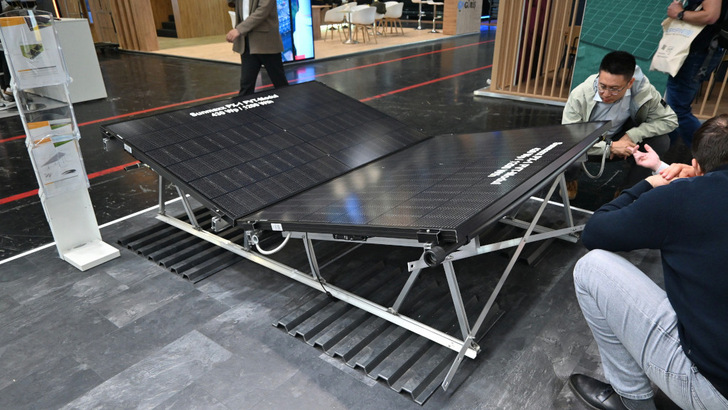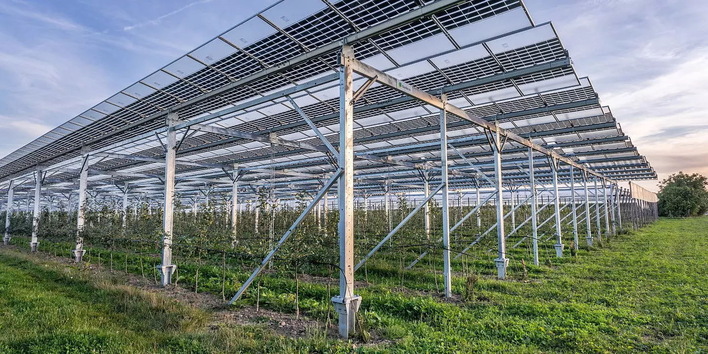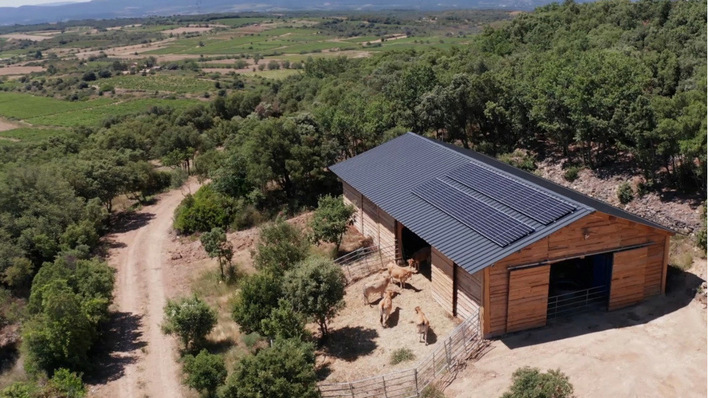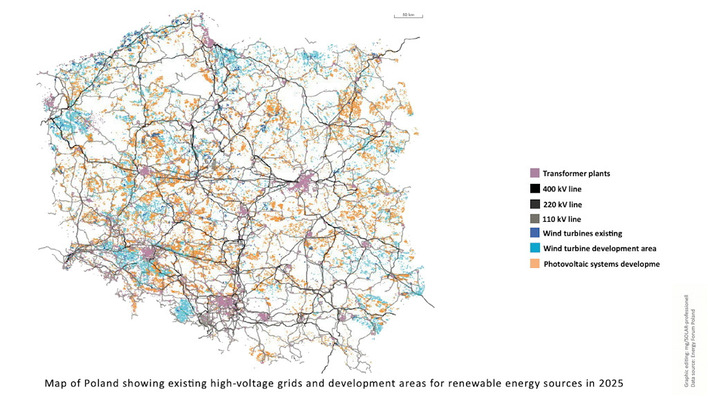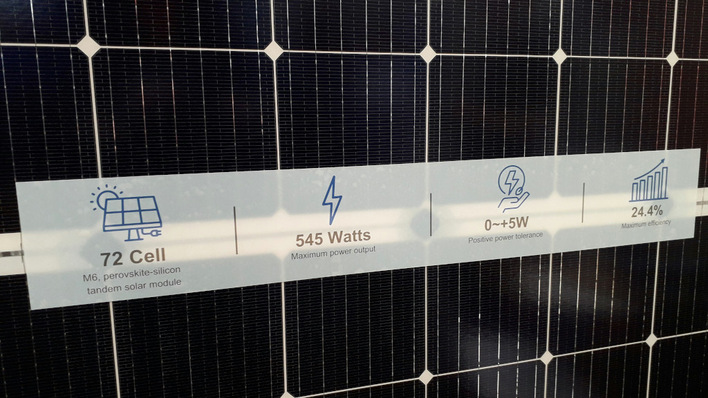At Ernst Schweizer, updates to the MSP flat roof system aim to enhance both flexibility and safety, while also supporting green roof compatibility. Their latest version allows installers to integrate fall protection and increase row spacing in butterfly layouts, which facilitates general maintenance. Lightning protection has also improved, with support for integrated air-termination rods.
C&I solar rooftops – design software saves time and more (webinar recording)
Making systems lightning ready
Lightning current carrying capacity was also a development focus for SL Rack’s Fast-Flat and pitched roof systems at Intersolar. “We’ve developed a new lightning clamp for the Fast-Flat system that was introduced last year,” says Ludwig M. Schletter, Head of Business Development at SL Rack.
Ludwig Schletter from SL Rack: “I am cautiously optimistic”
The stainless steel clamp can hold lightning protection wires of 6, 8 or 10 mm diameter. SL Rack has also made the full system lightning-current capable. “Installers add lightning protection screws at the floor rail connection points,” explains Schletter. “Just two screws on one side of the rail are enough, depending on where access is easier.”
System tweaks for green roofs
SL Rack has also developed a new ground shoe, which takes the form of a short rail section that clicks underneath the Fast-Flat floor rail. It’s coated in plasticiser-free building protection foil, allowing safe installation on membrane roofs.
A slotted plate on the side allows installers to attach a cable duct or anchor plate to secure the system to the roof. The slot offers flexibility in positioning relative to the rail.
K2 Systems – new ideas for solar mounting (video)
With demand for green roof solar growing, Wagner Solar has responded with a new system variant. Green roofs require more distance between module rows and vegetation than traditional flat roofs. “Local building codes often require gaps of 20 to 40 centimetres,” explains Helgo Schütze from Wagner Solar’s sales team.
Tailored height and tilt options
Wagner Solar’s system can be height-adjusted accordingly. “We can also meet various customer requirements for module tilt angles,” adds Schütze.
South-facing arrays can be installed with angles between 10 and 25 degrees, making them suitable for both PV and steeper-angled thermal or PVT collectors. For east-west PV systems, the system permits module angles from 10 to 15 degrees.
Aerocompact – quick and easy installation on roofs and façades (video)
The system is designed so that the substrate of the green roof acts as ballast, reducing rooftop loads. It’s predominantly aimed at new green roof builds. The foundation is a recycled plastic plate with a trapezoidal shape, whose size depends on site conditions, building specs and substrate density. Module angle and elevation height also influence the plate dimensions.
Substrate a s structural ballast
The steeper and higher the elevation, the greater the wind loads. And the greater the wind loads, the heavier the baseplate must be to ensure stability. In most cases, a small plate suffices to provide point ballast.
The substructure is screwed directly into the raised sections of these baseplates using self-drilling screws. “The screws have high pull-out strength and form a solid connection,” says Schütze.
Solavita – holistic intelligent solutions for solar power (video)
Module angles are set using rails that attach to tilt brackets pre-installed in the base rails. These meet at a fixed apex angle, where the installer joins the support rails using a stabilising cross-rail. A cross-bracing structure is then built atop this base. For the rail system, Wagner Solar relies on familiar components from its other systems.
Spring-loaded and quick to install
Once the green roof granulate is laid, the final step is module mounting. Installers use the new Tric Clip 2, a clamp with a built-in spring mechanism. “That really makes it easier to install,” says Schütze.
IBC Solar – unlocking surfaces for solar expansion (video)
The clamp is inserted into the rail channel using a self-turning hammerhead nut that locks into place but can nevertheless slide laterally. When pressed down, the hammerhead rotates into its final position. All that remains is to tighten the screw and the module is locked in and ready to start generating power. (SU/TF)
Short on time? Stay up to date with the PV Europe newsletter.


